“Don’t ask me,” said Owl-Eyes, washing his hands of the whole matter. “I know very little about driving—next to nothing. It happened, and that’s all I know.”
‘Well, if you’re a poor driver, you oughtn’t to try driving at night.”
This fragment from The Great Gatsby, Scott Fitzgerald’s masterpiece, shows the risk involved in getting behind the wheel when the sun goes down.
However, on the other hand, the night provides moments of reflection, tranquility and inspiration, so that there are those who love to drive when darkness falls over the city, with hardly any traffic, to the beat of the flashing streetlights; or perhaps in the midst of silence in a more rural environment, winding along mountain roads late at night, despite the fact that the car -seen in the distance- becomes a kind of firefly immersed in the unfathomable road landscape. Be that as it may, here are some tips to travel safely under the moonlight.
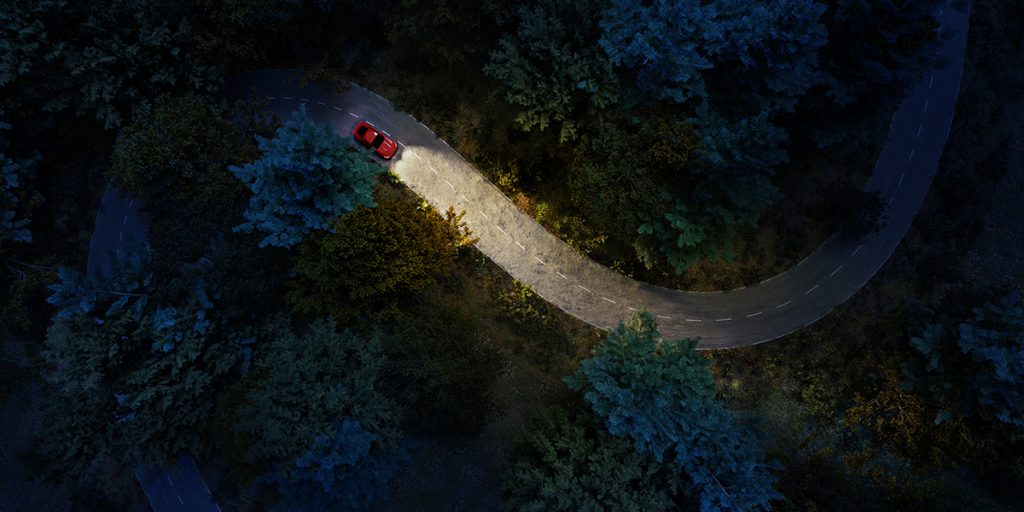
Road safety in the dead of night
A large number of accidents take place at night. According to Ernesto Nava, director of the Driving School of the Royal Automobile Club of Spain (RACE), “Driving at night is more difficult because there is less visibility.”
Hence the importance of taking into account a series of considerations before getting behind the wheel when the sun has gone down:
– First tip: see and be seen. “It is the axiom of night driving,” Nava emphasizes again. A universal reality. If we can’t see, it’s bad news, as Rosalía would sing. Conclusion: you have to check all the lights, replace old bulbs, keep the windows clean, adjust all the mirrors and check that the height of the headlights does not dazzle or bother other drivers. The correct use of lighting, by means of the traffic code, is taken for granted.
– And did you know that visual acuity behind the wheel -according to optometrists- decreases up to 70% at night? The exact notion of depth is also lost, so the second suggestion would be to take care and pamper our eyes frequently. In general. Because, in addition, there is much to see in this life, for sure.
– Third key warning: you must increase the safety distance with the vehicle in front and, of course, adjust the speed to the conditions of the road, the available light and the weather. Maximum caution, in short. Be careful with the accelerator. All five senses must be on the alert! And the sixth, even more so: common sense.
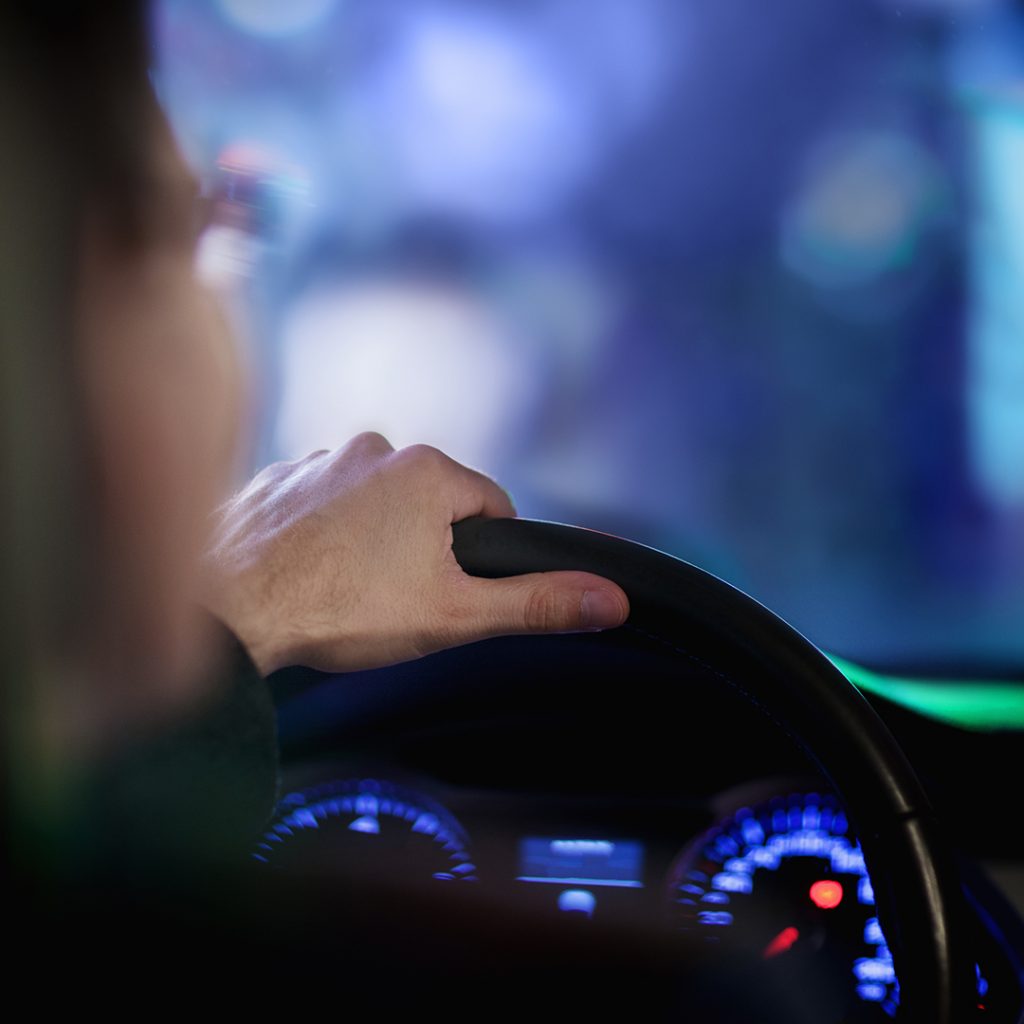
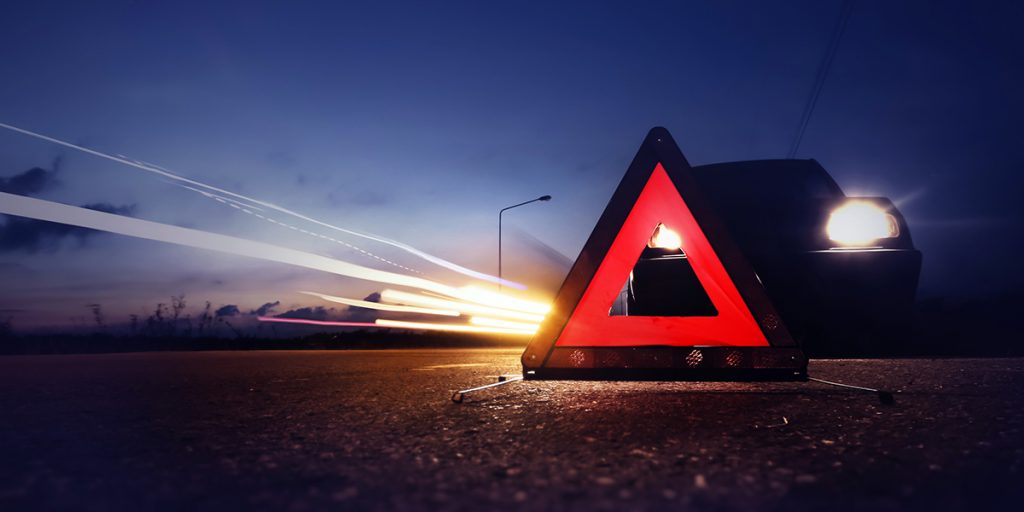
– And how about remembering old-fashioned recommendations that will save us more than one upset? Let’s think about them: Rest is vital, especially late at night, when we require more effort and attention. And make stops -every one or two hours- to stretch your legs and clear your mind. At any sign of exhaustion -yawning, itchy eyes, eyestrain, muscle fatigue or watery eyes-, look for an area to rest for a while before resuming the trip. Don’t be afraid to rest. Meanwhile, during night trips it is advisable to look at the mirrors more than usual, anticipate any surprises on the road, air out the car from time to time and tune in to suitable music, which is not overly relaxing or too distracting. It is also necessary to take extreme precautions when overtaking. And check the weather before setting out. Yes, these are platitudes, but sometimes we forget them, which can be lethal.
Remember: the five -six!- senses… always on the alert.
– In the event of a breakdown, calm down, first of all. This is the time to signal the emergency situation. It is of paramount importance. The immobilization of the car, the use of the high-visibility vest and the placement of the warning triangles save lives. It’s a fact.
– And what does so-called “highway hypnosis” mean – if we are curious and want to avoid it? As they point out from the DGT, it is a sensation that sometimes takes over drivers during monotonous drives, with long straight lines and smooth paths, given the loss of vision that occurs at night, up to 20% of daytime capacity. A remedy, apart from resting, consists of not fixing your gaze continuously on one point, but sweeping it from one side to another.
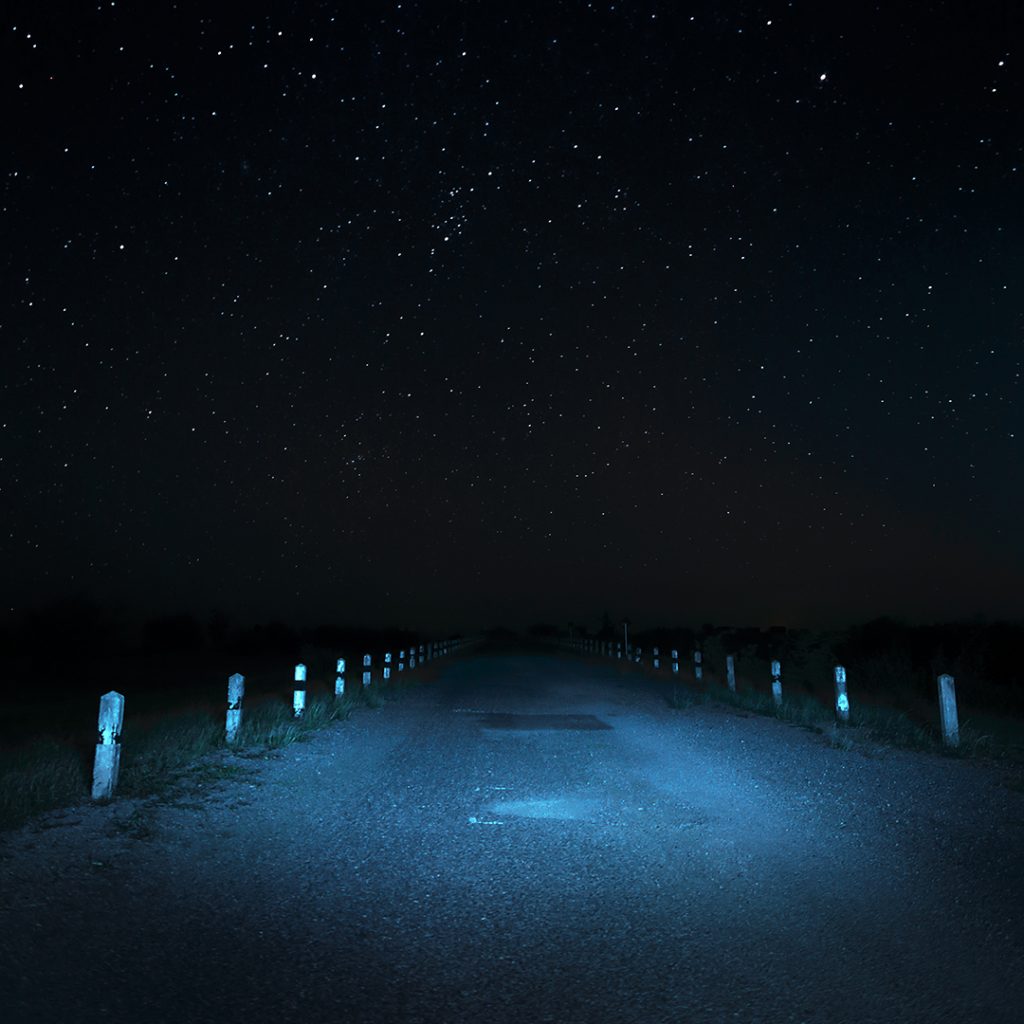
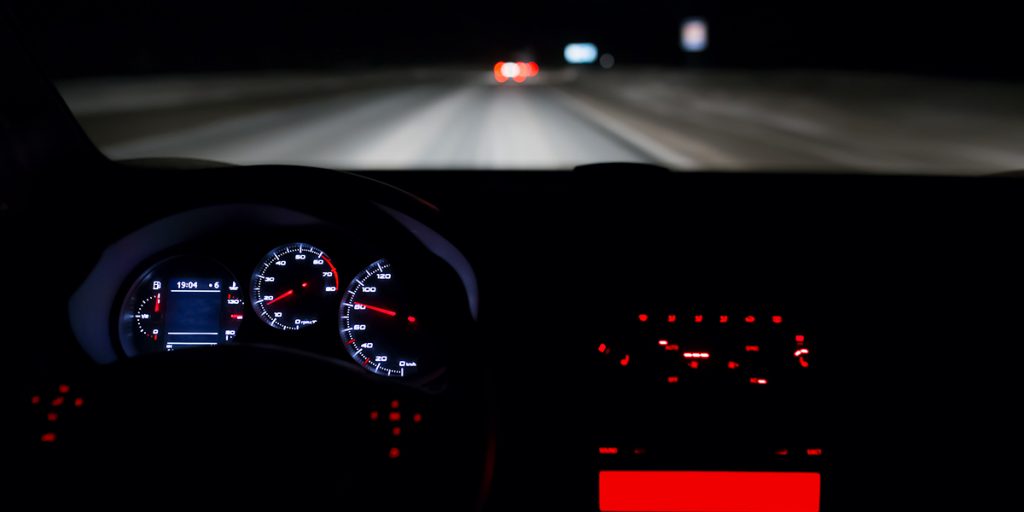
Alfred Hitchcoock himself said that his true fear behind the wheel was not being stopped by the police, but losing control of the vehicle. The director created horror scenes based on everyday situations and we ask, what is “more everyday for many people than driving”? There you go.Definitely, it’s all in the classics.
Like in The Great Gatsby, for example. And you have to remember it. And enjoy each trip with the utmost safety. May the night not confuse us at the wheel.